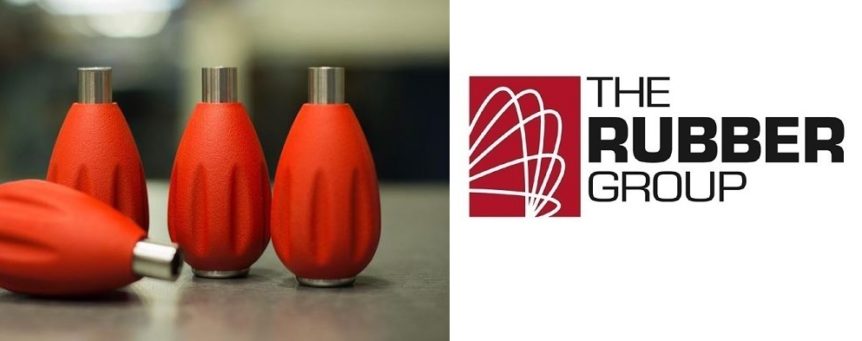Medical injection molding (USP Class VI) for rubber products provides USP Class VI biocompatibility with control and consistency across high volumes of parts that require medium-to-high levels of precision. It also supports rubber over-molding, rubber-to-metal bonded assemblies, and rubber-to-plastic bonded assemblies. Compared to compression molding and transfer molding, rubber injection molding provides faster cycle times. Its advantages include greater levels of automation for reduced labor costs, less material waste, and improved performance monitoring.
The Rubber Group provides medical injection molding services and is ready to help you with your next project. Contact us to get started or keep reading to learn how this form of rubber molding works, some materials are commonly used, and examples of injection molded medical parts. If you’re comparing rubber injection molding to other manufacturing processes, remember to consider tooling costs, cycle times, and process validation for critical medical parts.
The Medical Injection Molding Process and Project Costs
Rubber injection molding for medical devices feeds a ribbon-like strip of uncured rubber into a rotating screw. The screw feeds a precisely controlled amount of rubber into the injection chamber for pre-heating and plasticization. The rubber is then injected into a mold cavity though a gate and runner system. To achieve vulcanization, the elastomer is held under high pressure at an elevated temperature. When curing is completed, the injection molded parts are removed or ejected from the mold’s cavities.
The metal mold that is used can cost less than an equivalent transfer mold; however, the size and complexity of the part may require higher production volumes for mold cost amortization. With injection molding, tools for flashless molding and wasteless molding cost more up-front but can provide a strong return on investment (ROI). Also, because injection molding pre-heats the rubber, the material flows readily into mold cavities for reduced cycle times. Injection molding is not known for fast changeover times, however.
Injection Molding Materials, Products, and Process Validation
Medical injection molding supports the use of a wide variety of elastomers, including EPDM and nitrile – just to name a few. Silicones, a group of synthetic elastomers, are used in many medical gaskets and rubber products such as medical grommets for middle ear treatments and O-rings for IVs, drug delivery, and dialysis. If biocompatibility is needed, ISO 10993 or USP Class VI materials may be required. Silicones can also be filled with metal or metal-coated particles to provide EMI shielding in medical electronics.
Material selection is important, but it doesn’t determine manufacturing quality. With medical injection molding, process validation can ensure that every batch of molded parts meets your specifications. Validation is different than verification and involves reviewing your part designs, establishing process parameters, monitoring test and production data, ensuring process capability, IQ/OQ/PQ, and providing material test reports and proof of related regulatory compliance. With smaller rubber parts, consider assembly and inspection, too.
Made in USA Medical Injection Molder
The Rubber Group of Rochester, New Hampshire (USA) is an ISO 9001:2015 certified medical injection molder that also offers compression molding and transfer molding services. We are an experienced supplier to the medical device industry and have molded an FDA registered dental device. Contact us to discuss the best process for your medical parts, or request a quote if you’re ready to get started.

